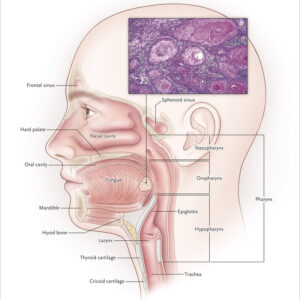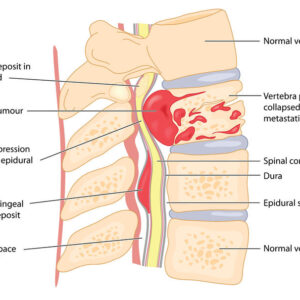Neurovascular Surgery
People with complex and serious conditions of the blood vessels and lymph system (vascular diseases) often find the help they need from vascular and endovascular surgeons

TREATMENT
Diseases we Treat
Acute strokes, also known as cerebrovascular accidents, are broadly classified as either ischemic or hemorrhagic. Acute strokes result in loss of blood flow, nutrients and oxygen to a region of the brain, resulting in neuronal damage and subsequent neurological deficits.

Interventional Procedures
Thrombolysis
Stent retriever thrombectomy
Solumbra technique
Adapt technique
Secondary stroke prevention refers to the treatment of individuals who have already had a stroke or transient ischemic attack (TIA)
Types of Diagnosis
- Carotid artery stenosis

2. Intracranial artery stenosis

Interventional Procedures
Carotid revascularization or stenting
Intracranial stenting
DA brain aneurysm, also known as a subarachnoid hemorrhage (SAH), is a weak spot in the wall of a blood vessel inside the brain. Think of a weak spot in a balloon and how it feels stretched out and thin. A brain aneurysm is like that.
That area of the blood vessel gets worn out from constant flow of blood and bulges out, almost like a bubble. It can grow to the size of a small berry.

Interventional Procedures
- Balloon assisted brain aneurysm coiling
- Stent assisted brain aneurysm coiling
- Flow diverter assisted brain aneurysm coiling
A brain arteriovenous malformation (AVM) is a tangle of abnormal blood vessels connecting arteries and veins in the brain. The arteries are responsible for taking oxygen-rich blood from the heart to the brain. Veins carry the oxygen-depleted blood back to the lungs and heart. A brain AVM disrupts this vital process.

Interventional Procedures
- Embolization of brain AVM with liquid embolic agents (Onyx/ squid)
A carotid-cavernous fistula (CCF) is the result of an abnormal vascular connection between the internal carotid artery (ICA) or external carotid artery (ECA) and the venous channels of the cavernous sinus

Interventional Procedures
- Trans venous/ Trans arterial Embolisation of CCF
Dural arteriovenous fistulas (dAVFs) are abnormal connections between an artery and a vein in the tough covering over the brain or spinal cord (dura mater). Abnormal passageways between arteries and veins (arteriovenous fistulas) may occur in the brain, spinal cord or other areas of your body
Types
- Brain DAVF
- Spinal DAVF

Interventional Procedures
- Embolisation of D-AVF with liquid embolic agents (Onyx/ squid)
Vertebral compression fractures (VCFs) occur when the bony block or vertebral body in the spine collapses, which can lead to severe pain, deformity and loss of height. These fractures more commonly occur in the thoracic spine (the middle portion of the spine), especially in the lower part.
Types
- Osteoporotic Fracture
- Malignant Fracture

Interventional Procedures
- Vertebroplasty or Kyphoplasty
Cancers that are known collectively as head and neck cancers usually begin in the squamous cells that line the mucosal surfaces of the head and neck (for example, those inside the mouth, throat, and voice box). These cancers are referred to as squamous cell carcinomas of the head and neck. Head and neck cancers can also begin in the salivary glands, sinuses, or muscles or nerves in the head and neck, but these types of cancer are much less common than squamous cell carcinomas

Interventional Procedures
- Tumor embolization
A spinal tumor is an abnormal growth of tissue found in the spinal column. When a tumor spreads to the spine from cancer elsewhere in the body, it is called a metastatic spinal tumor (secondary tumor). These tumors may also be referred to as spinal metastases.

Interventional Procedures
- Tumor radiofrequency/ cryoablation ablation
- Balloon Occlusion test
TECHNOLOGY
Devices for IR Procedures

Silk Vista Flow Diverter
Low profile flow diverter designed for the treatment of intracranial aneurysms

Catch View
Is a Revascularisation device designed for use in the flow restoration of patients with ischemic stroke due to intracranial vessel occlusion.

Balt Coil System
The Optima coil system provides physicians with an extremely soft coiling system and a rapid and reliable detachment system to aid us in the treatment of complex aneurysms.

Penumbra System
Fully-integrated system designed specifically for mechanical thrombectomy used in Acute brain stroke .

Squid
A Non-adhesive liquid embolic agent to provide contrast for visualization under fluoroscopy. Indicated for embolization of lesions in the peripheral and neuro-vasculature, including arteriovenous malformations and hypervascular tumors.




